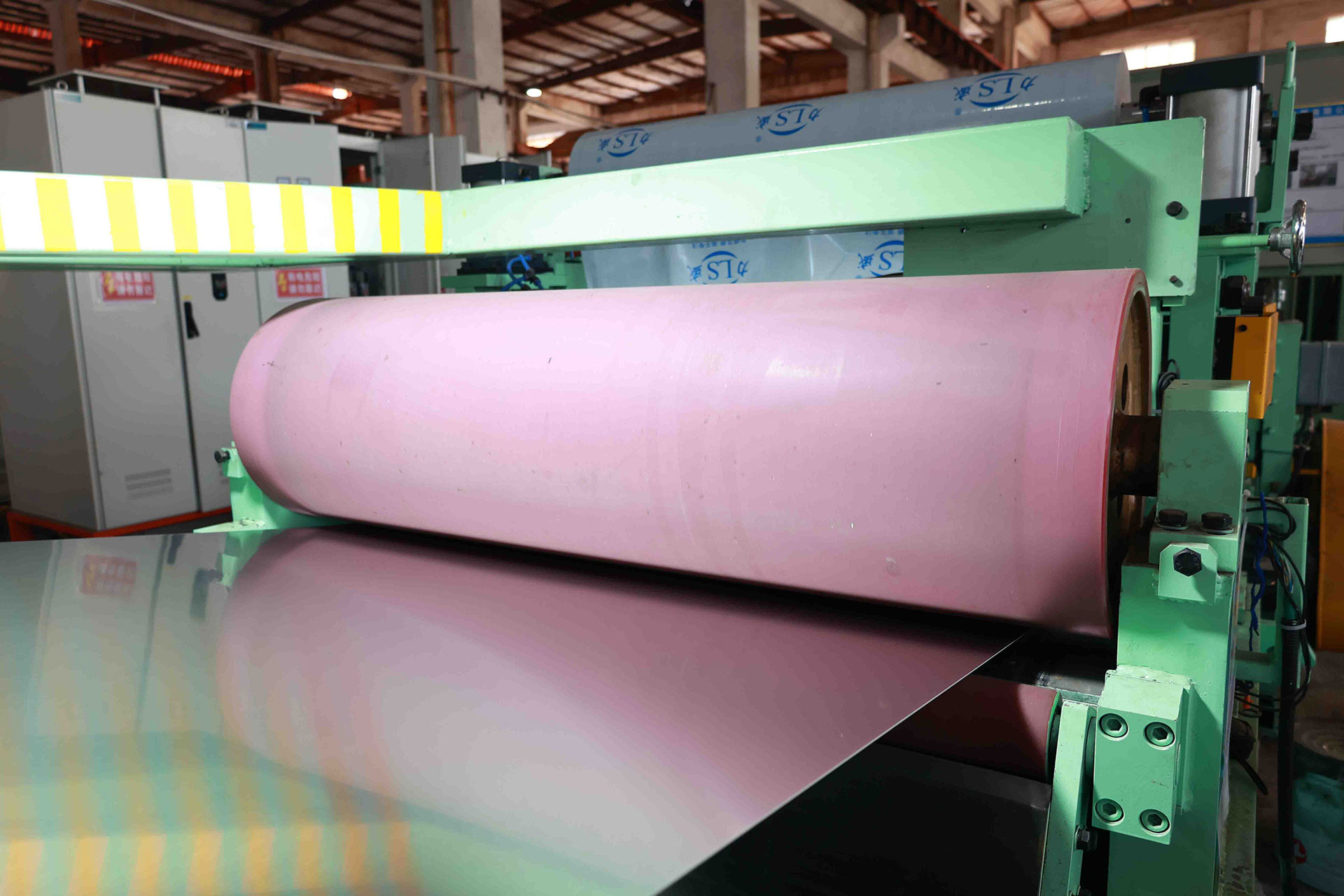The rolling process consists of passing slab/strip/plate between rolls.
The metal/alloy is subjected to compressive force between working roll. The friction between roll and material drags the material into the roll, which is called roll-bite.

I write from my experience in steel industry.
Normally, input to hot working is either slab or billet or ingot. It is done in primary roughing mills. It is normally 4 high mill , having two working rolls and another two supporting bigger size rolls for giving rigidity and support to work roll. Then, cold working follows for getting thinner product.
Hot rolling of steel consists of heating the ingot/slab/billet above re-crystallization temperature. This is about 30% to 40% of melting point of metal. At this temperature, new equi-axed grain growth occurs. The finished product coming out of it is either in plate form or coil form. Normally plate is 8 mm to 63 mm. Coil thickness lies between 2 mm to 10 mm.
Product after hot rolling gives rough black surface, as metallic oxide sticks to the surface. Hot rolled coil/plate are used in railway coach making, bridge, structure, frames etc.
To get thinner section, hot rolled coil is further sent to cold rolling mill, to obtain thinner section as low as 0.18 mm.
Cold rolling is done at room temperature. Rolling is done in 4 high rolling mill. To get better quality like improvement in shape, consistent dimension, uniform strength, 6-high, even 20 high rolling mill are used. These mills are very sophisticated, and costly, having high level of control.
Cold rolling results in higher strength, increase in hardness, better surface. Now to get lower hardness, strength,it is annealed in heated furnace. This process results softness on both side of coil surface. To give a light hardness on both side of outer surfaces, another light pass is given through two no of rolls, called skin pass rolling mill. Then, both side of coil surface is comparatively higher than inner side. The coil or sheet is fit for downstream use.
